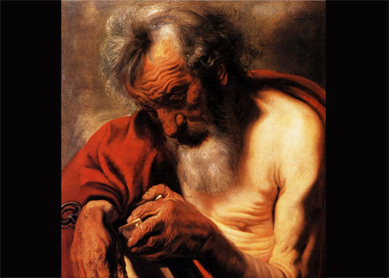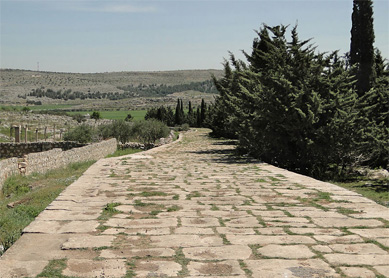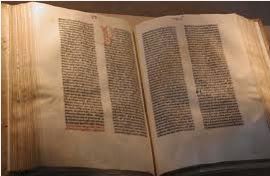We do not know for sure where any New Testament gospel was written. Nevertheless, scholars use various clues and observations to propose places of origin. The hope is that persuasively establishing a place of origin might assist our understanding of any given gospel. As possible places of origin for Matthew’s Gospel, scholars have proposed Sepphoris or Tiberias in Galilee, Caesarea Maritima, and the Transjordan at Pella. The most supported option, however, has been the ancient province of Syria, particularly the city of Antioch, which lies on the Orontes river.
One factor supporting this suggestion is Antioch’s size and strategic location. As the capital city of the Roman province of Syria, and located on major east-west and north-south trade routes, Antioch was the Roman Empire’s third-largest city, behind Rome and Alexandria. During the second century, Matthew became the most commonly quoted gospel. Its origin from and association with a group of Jesus followers in an influential city assisted its widespread popularity.
Moreover, the earliest citations of Matthew’s gospel appear in writings associated with Syria and Antioch. The early second-century church leader and letter writer Ignatius from Antioch refers to material found only in Matthew (the star at Jesus’ birth; Jesus’ baptism by John to “fulfill all righteousness” in
Further, we know from
There are, finally, significant resonances between emphases in Matthew’s Gospel and features of life in Antioch. Matthew’s Gospel, for instance, draws extensively on Jewish scriptures. It debates Jewish practices and heightens conflict between Jesus and Jewish leaders and synagogues (
Bibliography
- Brown, Raymond E, and John P. Meier. Antioch and Rome: New Testament Cradles of Catholic Christianity. Mahwah: Paulist, 1983.
- Carter, Warren. Matthew and Empire: Initial Explorations. Harrisburg: Trinity Press International, 2001.
- Stark, Rodney, “Antioch as the Social Situation for Matthew’s Gospel.” Pages 189-210 in Social History of the Matthean Community. Edited by David Balch. Minneapolis: Fortress, 1991.





